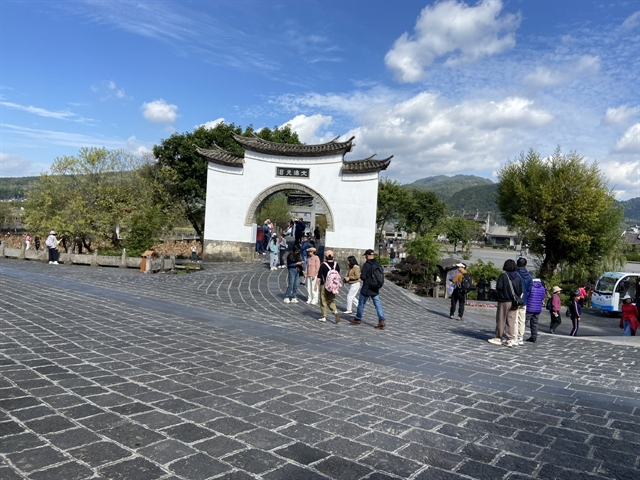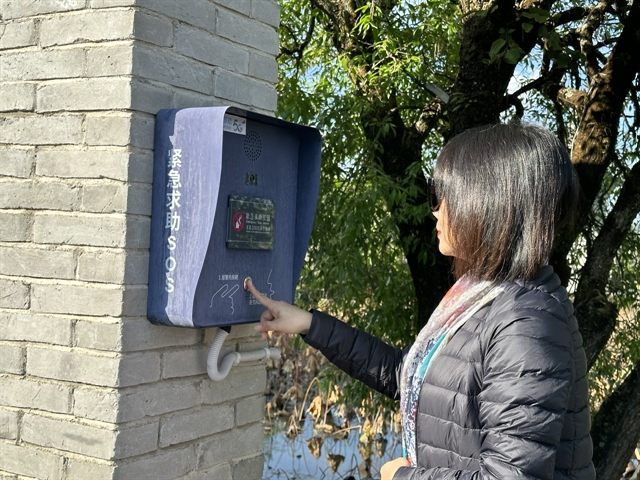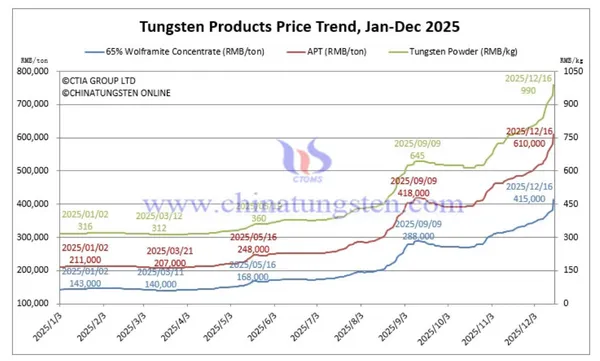 Economy
Economy


|
| A view of Heshun ancient town in Yunnan. A high-speed broadband network enables visitors to access better services, more quickly and conveniently. — VNS Photo Vũ Hoa |
By Vũ Hoa
YUNNAN Technology plays a vital role in fuelling economic growth. Investments in broadband networks and other ICT infrastructure help enterprises improve production efficiency, create new business models and enhance product quality.
Built along rivers and surrounded by mountains, the town of Heshun is located in Tengchong City about 650 kilometres west of the provincial capital, Kunming. Its history stretches back more than 600 years. During the Ming era, it was established as a trading and military outpost to fortify the dynasty’s presence when Yunnan was just a distant frontier.
But Heshun’s long history has not turned it into a mere cultural relic. Instead, the town has embraced digital technology by combining the ancient with the new – in unexpected ways.
Heshun is fully covered by a 5G network. A high-speed broadband network enables visitors to access better services, more quickly and conveniently. Just as important, full 5G coverage creates the infrastructure needed for Big Data analytics, allowing all the connected objects in the Internet of Things (IoT) to send data to the intelligent platform for analysis.

|
| Fifty points throughout the town offer immediate access to city authorities to address any problems that may occur. — VNS Photo |
That yields insights that can make tourists’ lives easier – for example, by assigning a visitor’s car to an optimally situated parking place that saves the driver and his family a long walk. First-time visitors don't have to worry about getting lost. Using a WeChat mini programme, they can find their way around, buy tickets, locate restaurants, catch buses and book hotels, among other things. City's management can receive alarms from 50 points throughout the town to respond to any emergency in real time. Whether you’ve lost your phone – or lost contact with your family member – help is just one click away.
Even the physical infrastructure has intelligence built into it. Automatic photo printers allow shutterbugs to scan a QR code and print their best snapshots on site. Benches equipped with solar panels and electric outlets can be used to charge smartphones. Smart water fountains monitor the quality and flow rate of water, ensuring it is both safe to drink and not being wasted. If you’re visiting in July, but want to know what Heshun looks like while blanketed in snow, you can see it vividly rendered with VR and 3D digital animation technology. Heshun’s digital infrastructure also allows it to be equipped with security cameras and a fire monitoring system, playing an important role in the protection of the natural environment and its historically significant sites.
“Tengchong's tourism industry has unique advantages,” said Chang Zaifei, Deputy Director of the Tengchong Culture and Tourism Bureau. “From January to September 2023, Tengchong received a total of 13.37 million tourists, and achieved a total tourism revenue of 17.1 billion yuan, increases of 22 and 38 per cent respectively year-on-year.
“Taking Heshun as an example, more than 4,000 local residents have increased their income as a result of the new economic opportunities opened up by tourism, which have been created by the buildout of digital infrastructure.”
The latest research from the International Telecommunication Union suggests that a 10 per cent increase in mobile broadband penetration has led to an average increase of 1.5 per cent in real GDP per capita.
Providing the right digital infrastructure could be especially helpful to rural economies. Official government figures show that by the middle of 2023, roughly 60 per cent of China’s rural inhabitants had access to the internet, while the number of broadband users in the countryside was expected to exceed 190 million by the end of this year.
One can see the benefits of this digital build-out in Yunnan, a less-developed, largely rural province in southwestern China. Yunnan’s recipe for success has three key ingredients including ambitious goals, better ICT infrastructure, and a strategic blueprint (drawn up in 2020) to concentrate on industries in which the province has a natural advantage.
In a bid to revitalise rural areas, operators have stepped up the implementation of universal telecommunications services, gradually expanding 5G and fibre connectivity to remote areas. As a digital infrastructure provider, Huawei has contributed to Yunnan's digital development.
“Huawei and local operators explored innovative ways to both improve rural coverage and reduce its costs,” said Lei Lei, Director of Huawei's Yunnan Carrier Business Department.
The case study of Heshun Ancient Town shows how digital technology can accelerate rural growth. Building on this success will require efforts to fill digitalisation gaps and bridge the “last mile”, especially in smaller villages.
Shi Yun, General Manager of Baoshan Branch of China Mobile Yunnan told Việt Nam News: “With regard to the future development of 5G technology, I believe that the emergence of new devices will also drive the development of further applications, and this will actually further drive the development of 5G infrastructure. Similar products will be launched to the Chinese market very soon, given the advanced manufacturing capability in China. Vendors such as Huawei and other domestic equipment providers will also follow this path.”
He added that there's still room for us to improve the 5G smartphone penetration rate. So far, the 5G device penetration rate is not very high.
“We have about two million mobile users, but we have less than one million 5G device users, so there's still a lot of room for improvements in this regard. As we have more and more smartphones that can be sold at say 1,000 yuan or even cheaper, I believe that there will be more 5G users further driving the applications of 5G in this area,” he said.
“Technologies such as 5G, cloud and AI form the foundation for upgrading rural digital infrastructure,” said Su Ruiping, Director of the ICT Development Section of the Yunnan Provincial Management Bureau. “In the coming year and beyond, Yunnan aims to upgrade its digital infrastructure and narrow the digital divide. By continuously driving other parts of Yunnan forward in the digital arena, we can serve as a model of economic development for the rest of China, and the rest of the world.” — VNS




